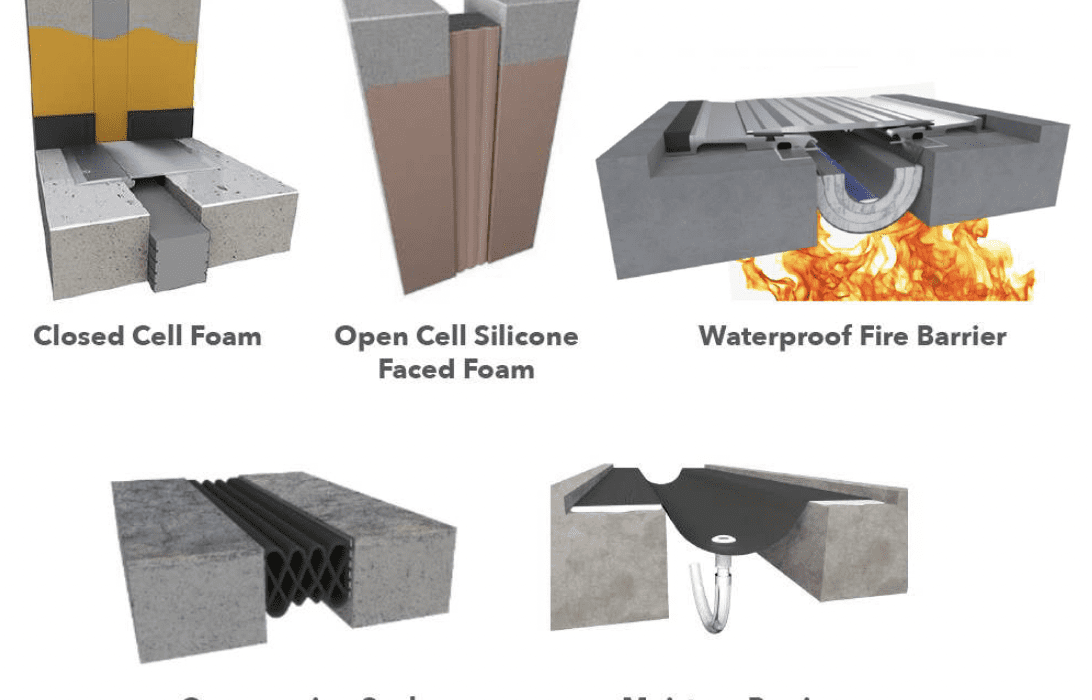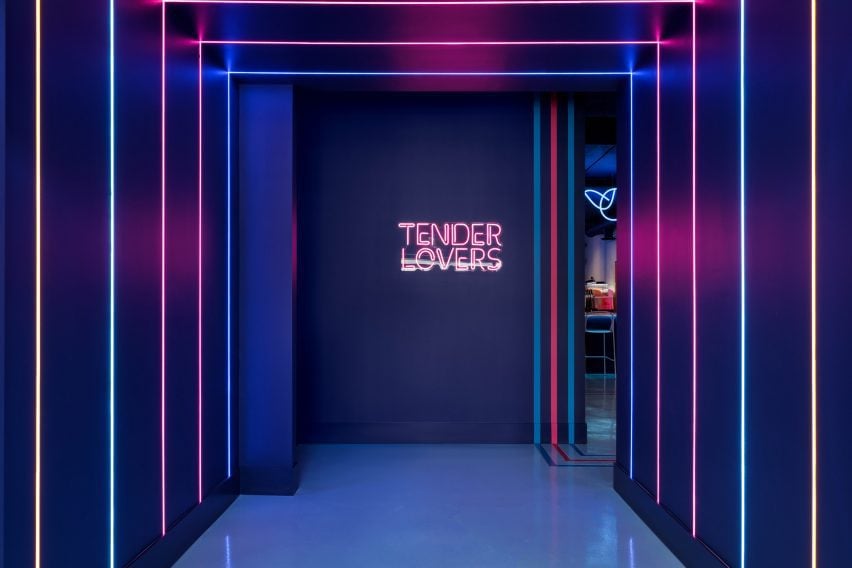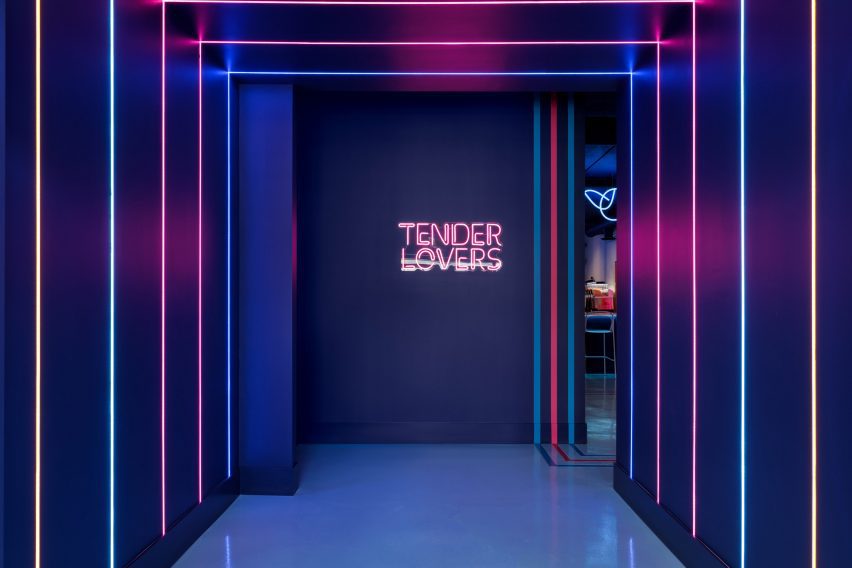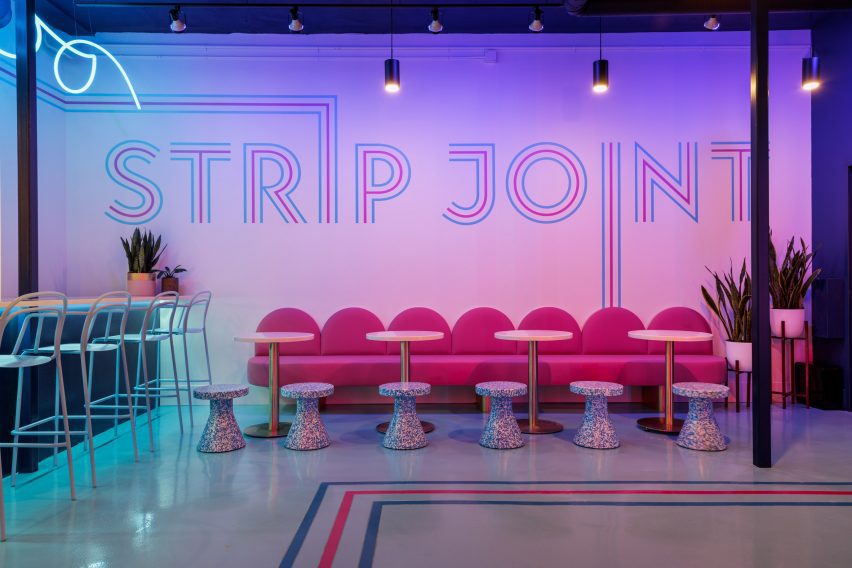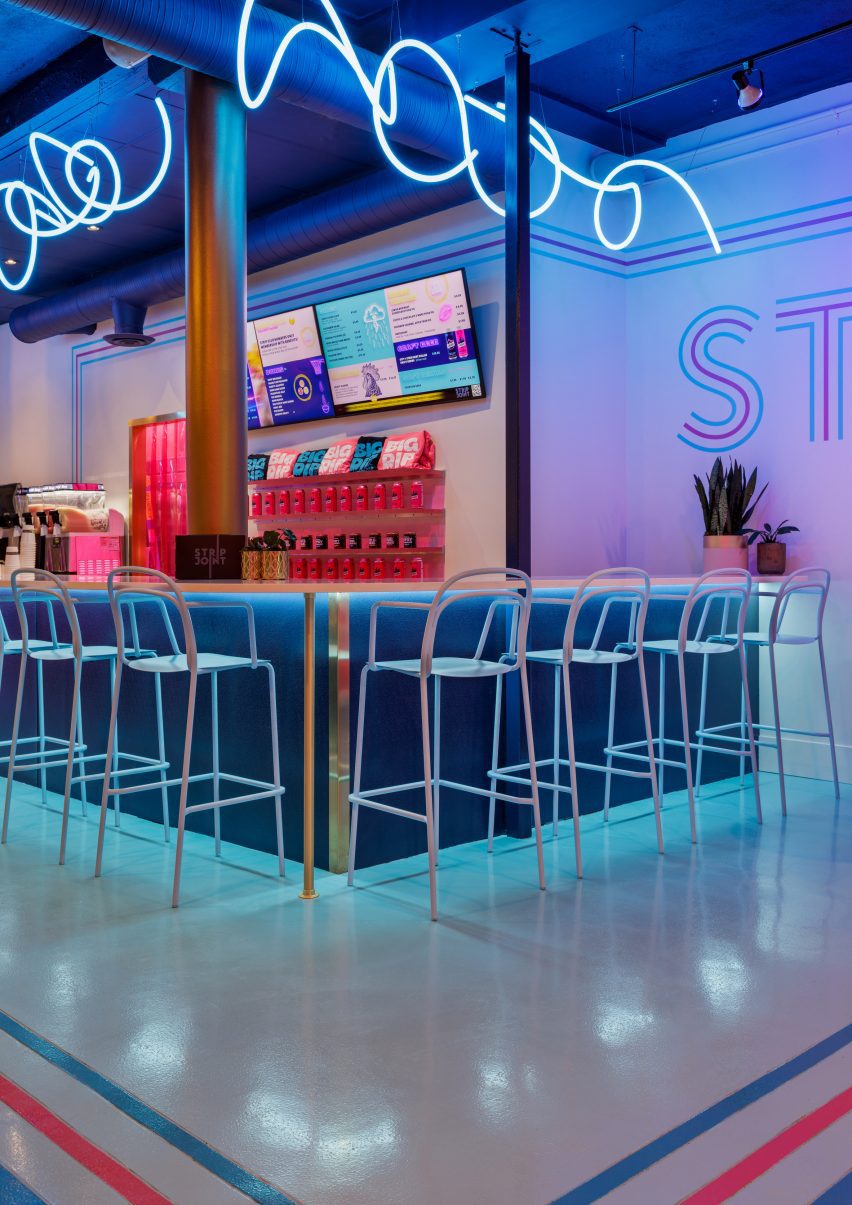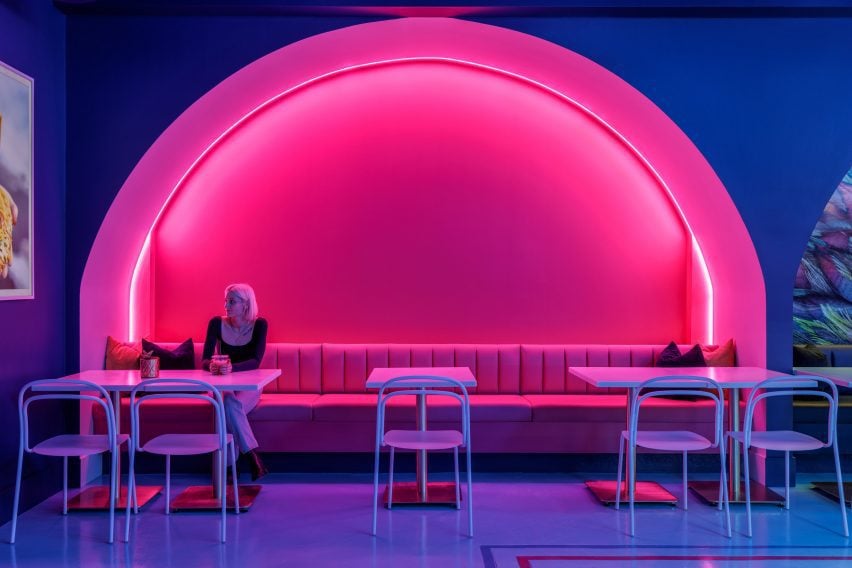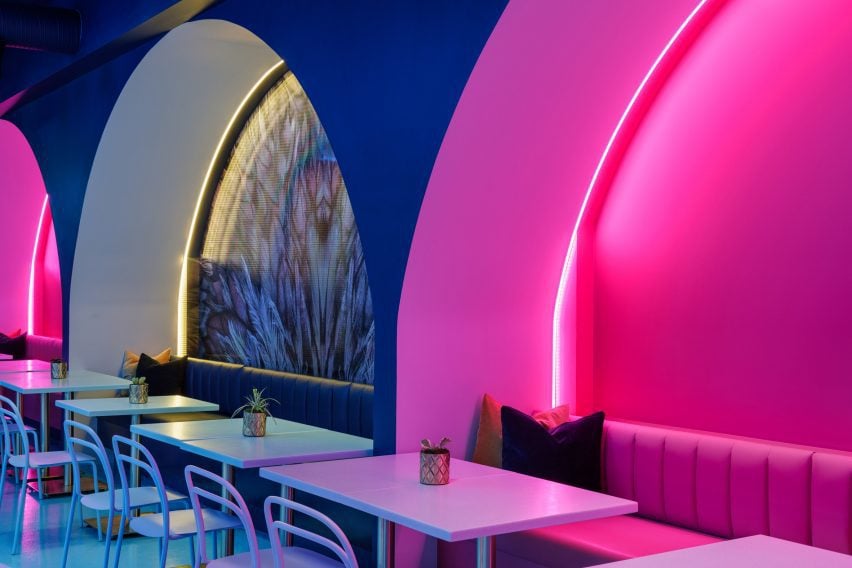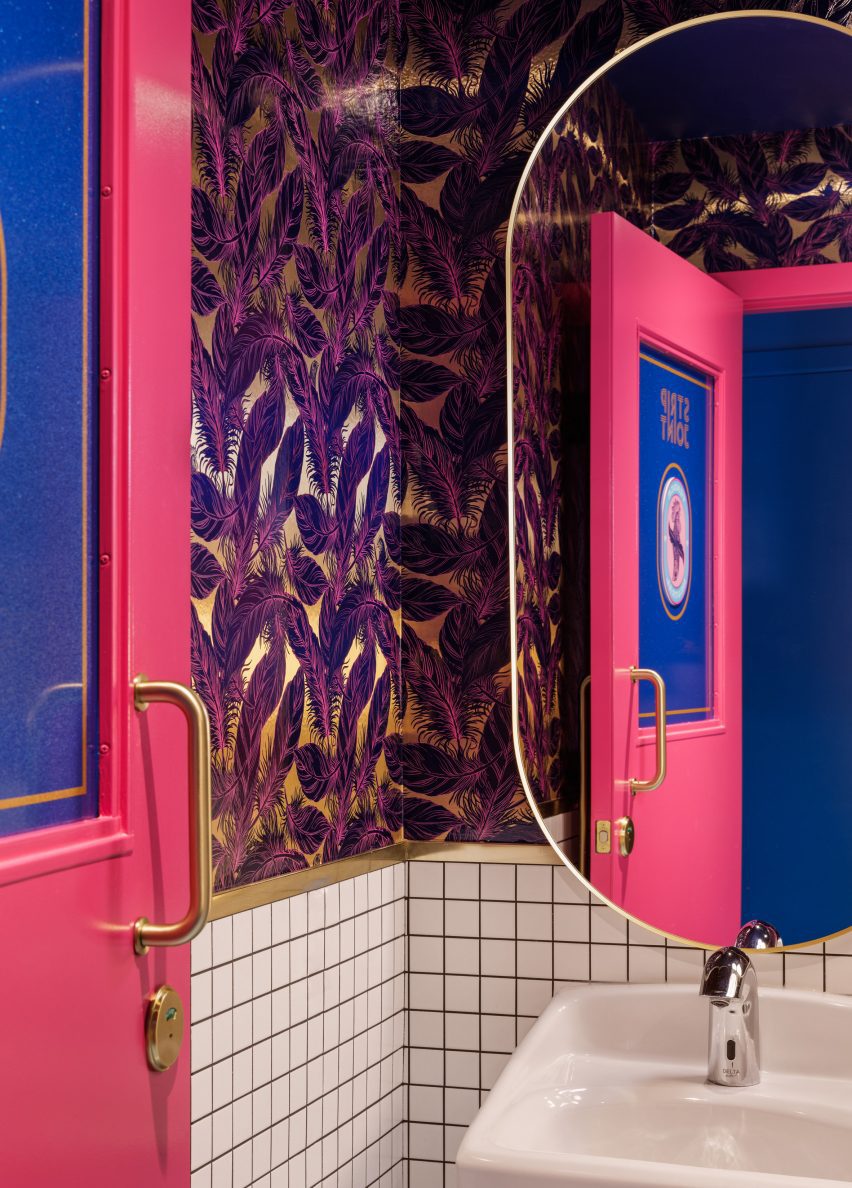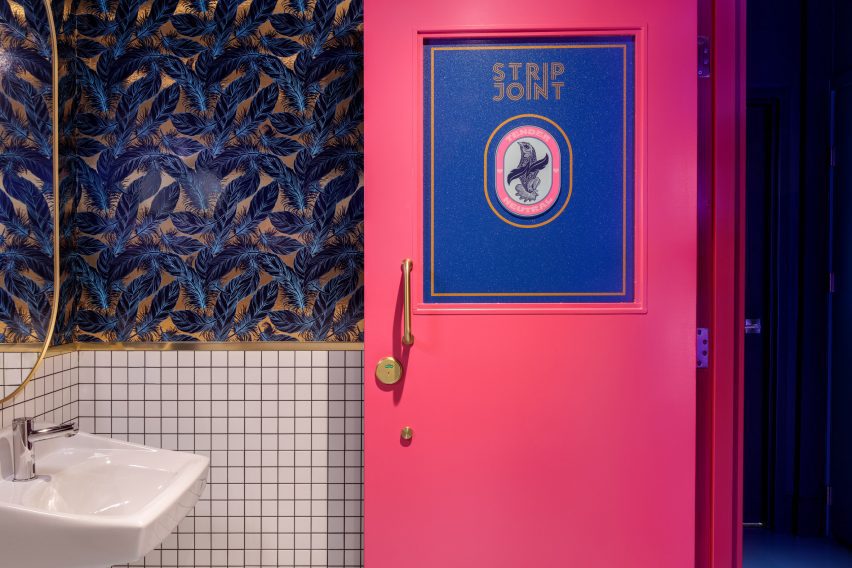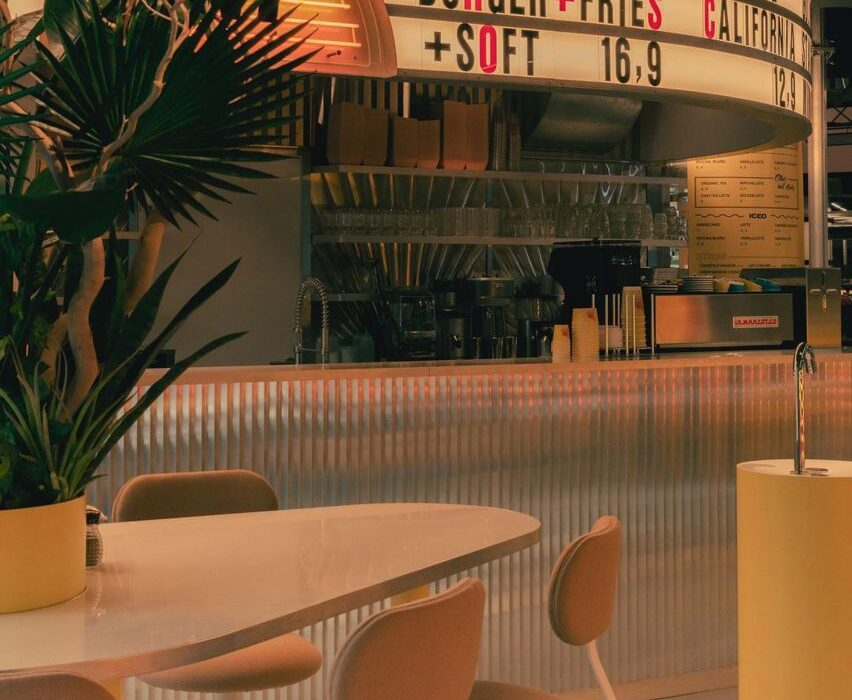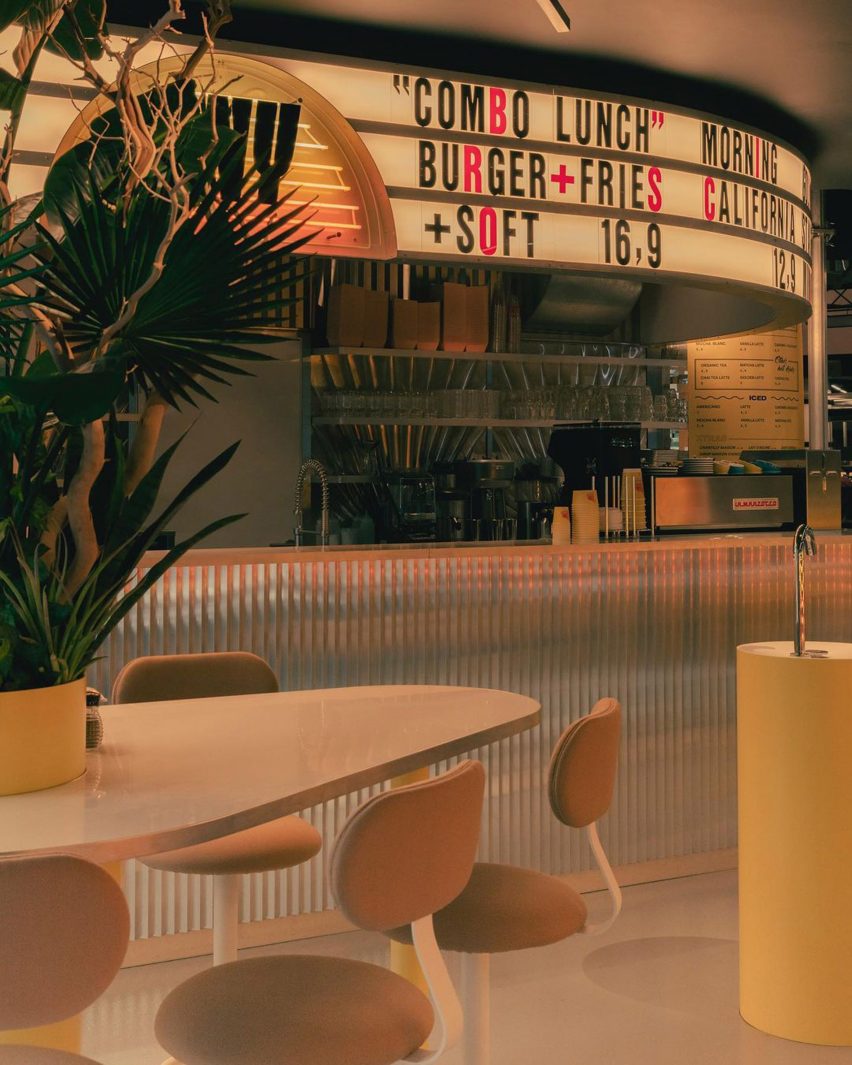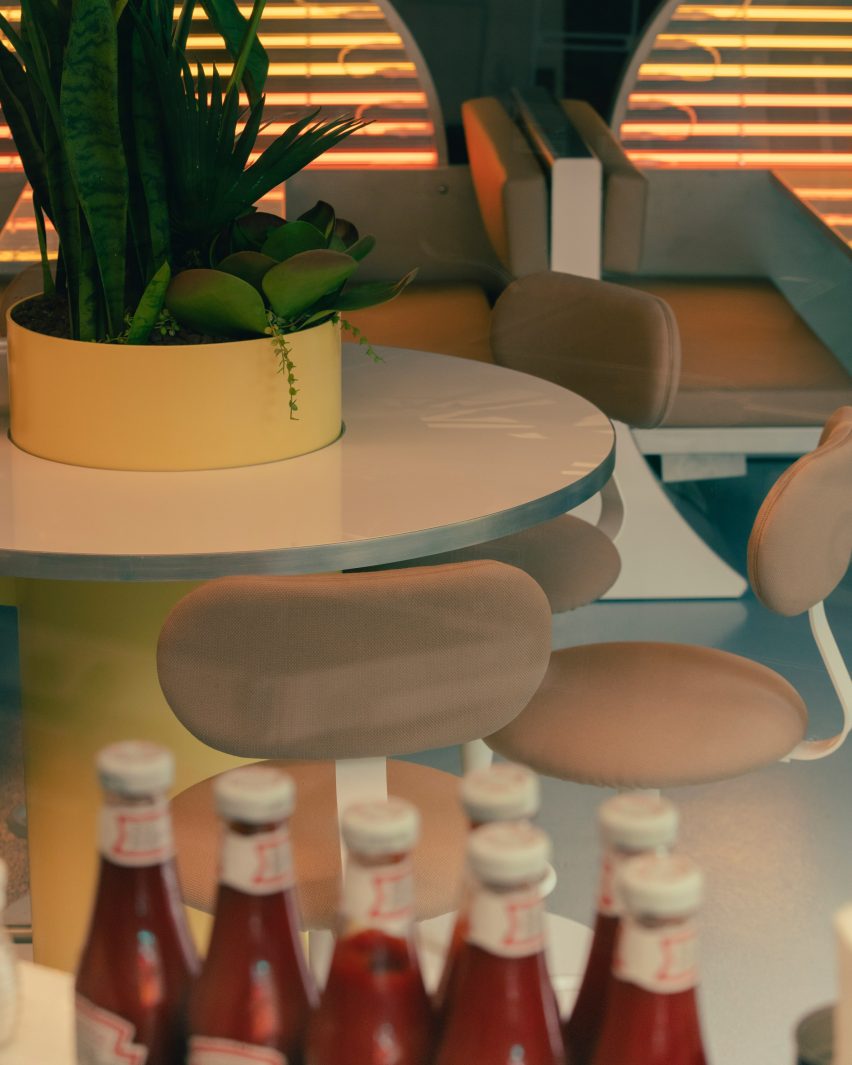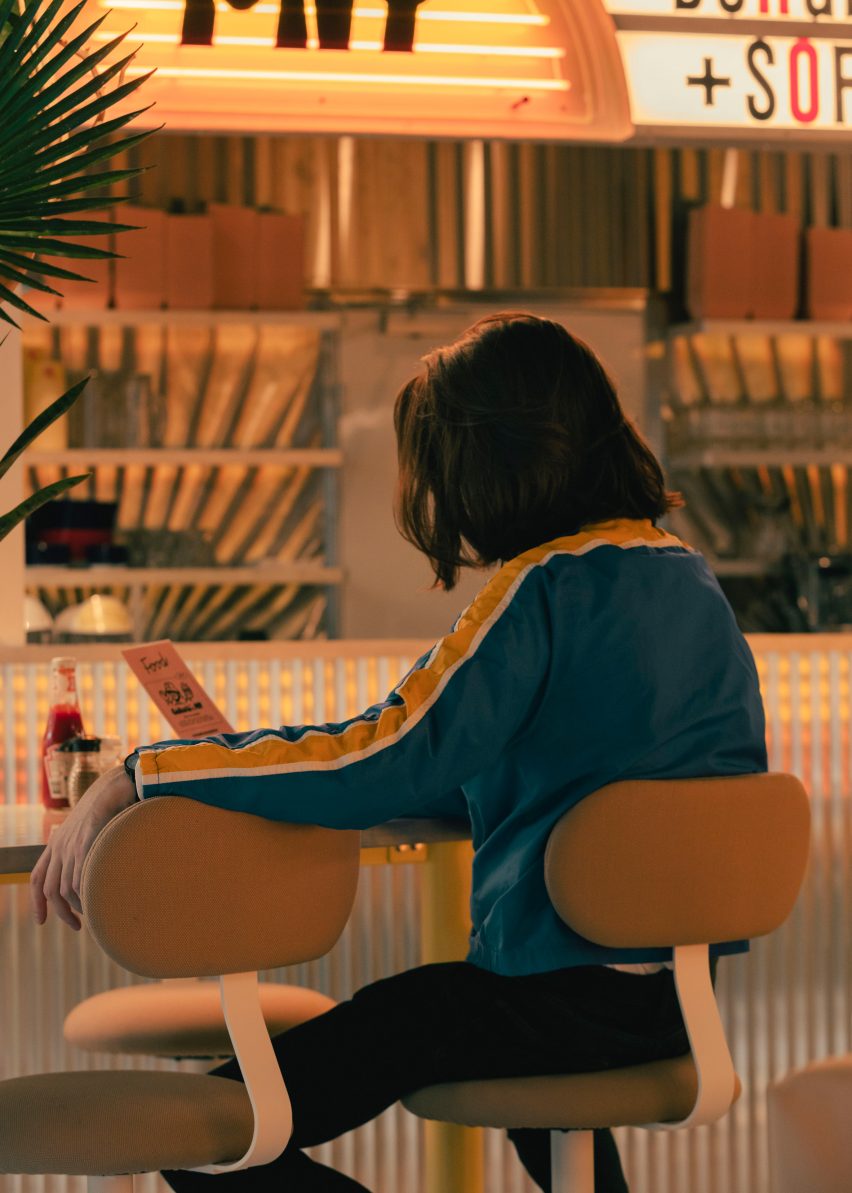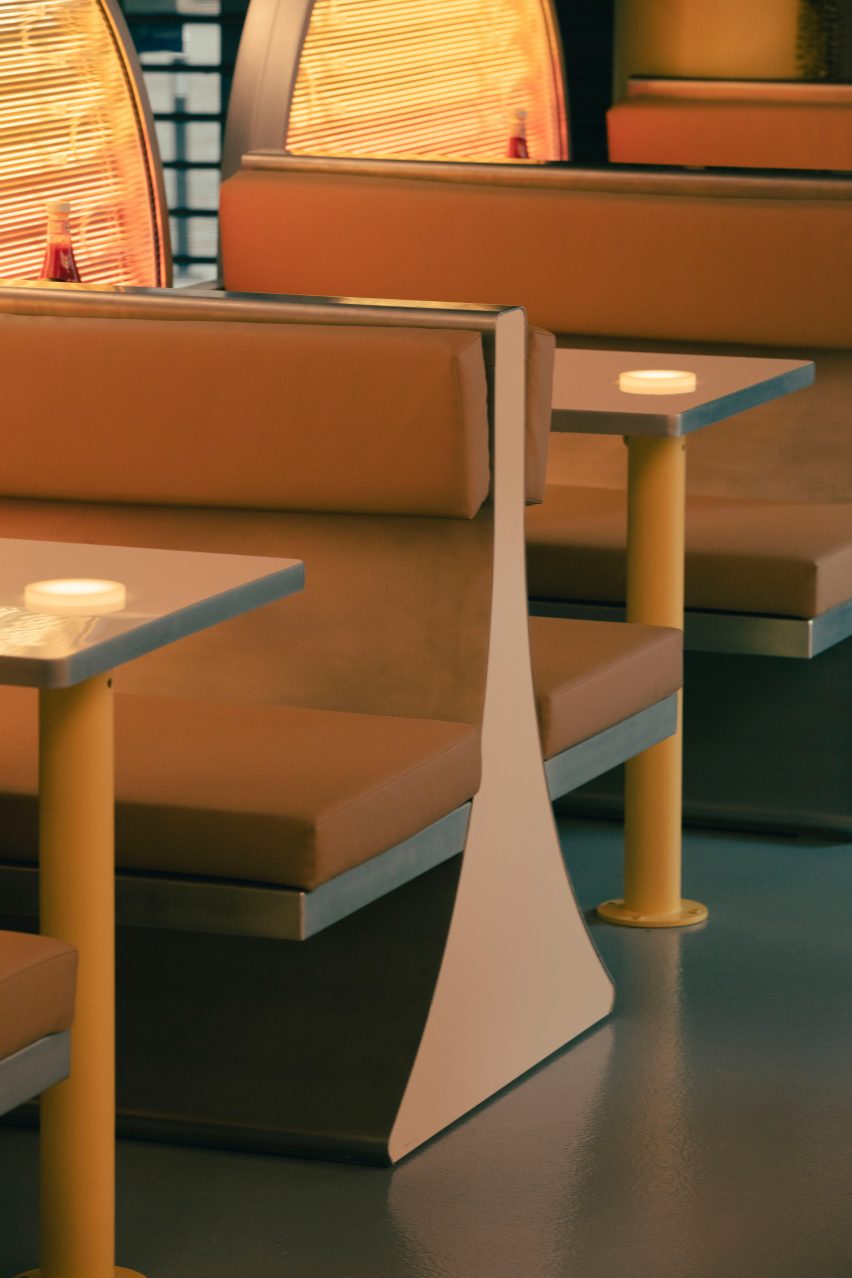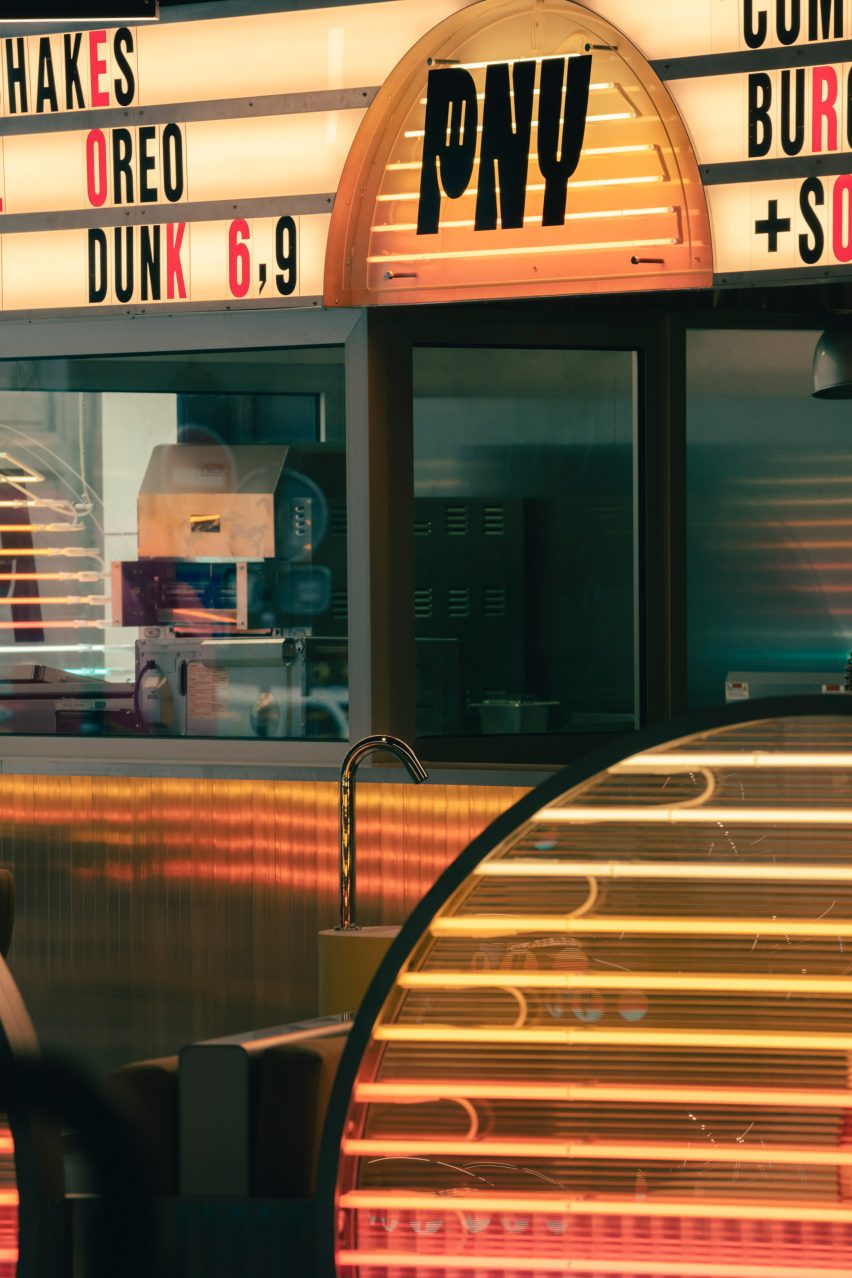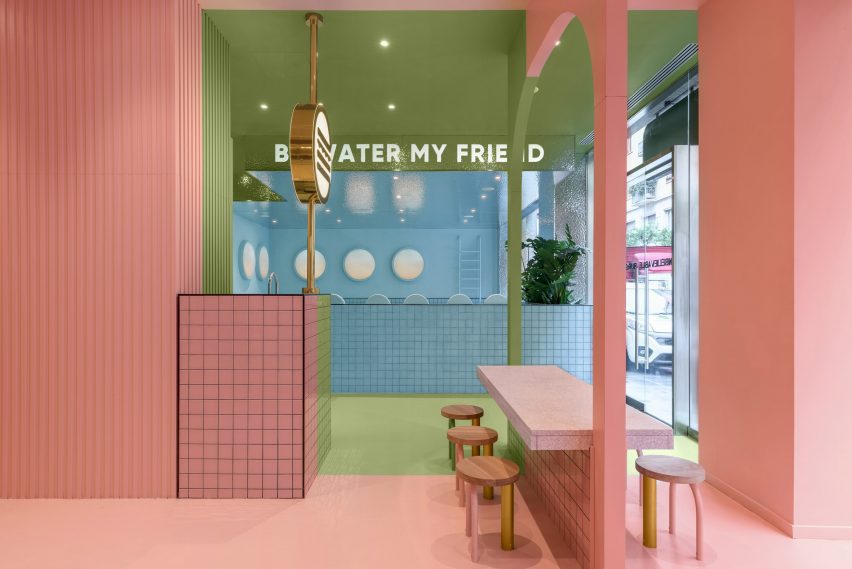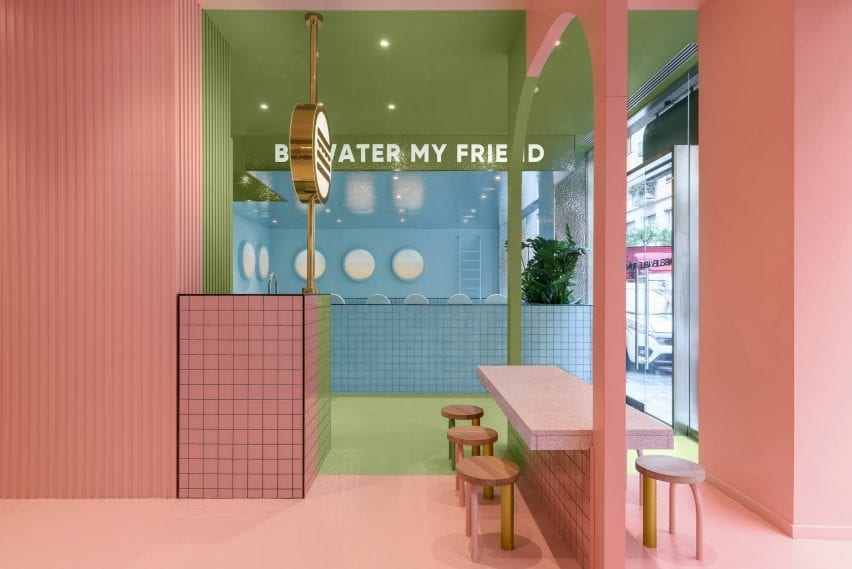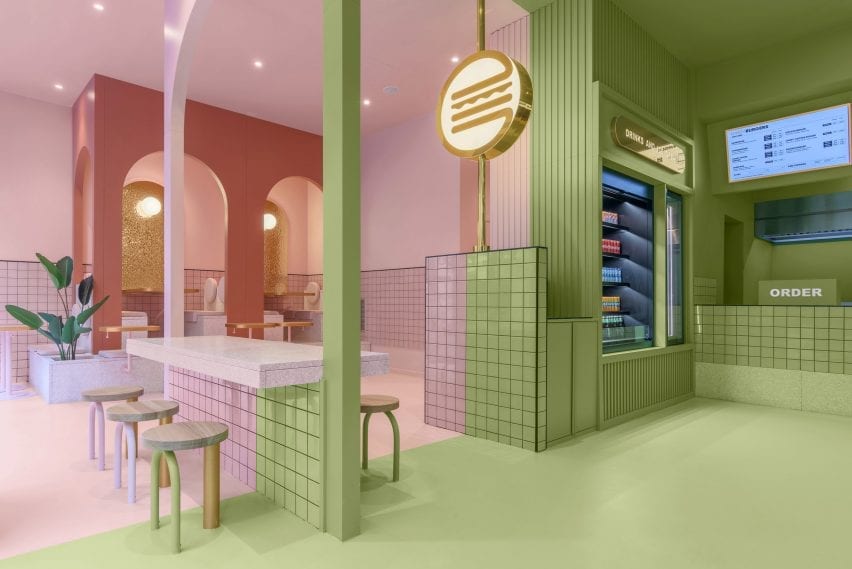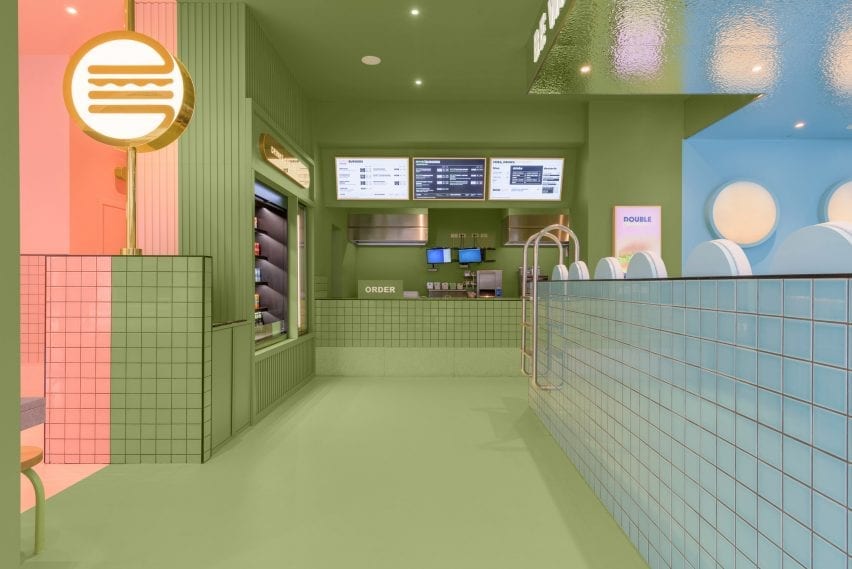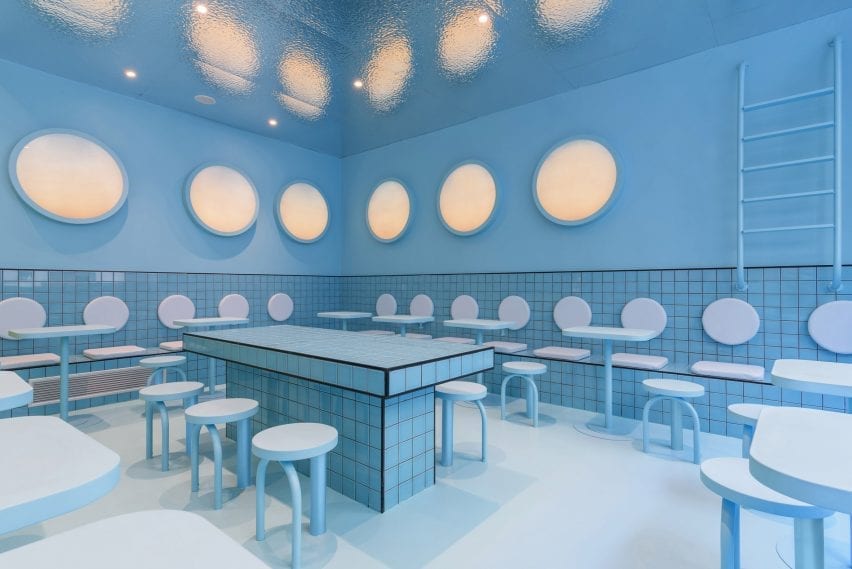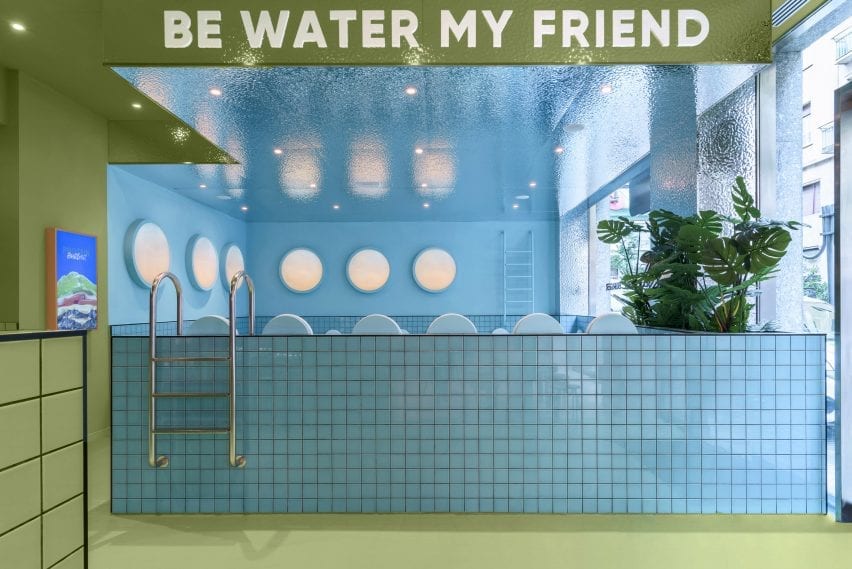Common Expansion Joint Field Problems and How to Avoid Them
Are you struggling with the aesthetic and functional challenges of expansion joint covers in architecture? These essential components require careful integration and understanding to ensure they meet project needs effectively. This can be quite challenging, which is why many architects don’t like them. However, with the proper guidance, you can transform this challenge into an opportunity for innovative design and effective functionality.
In our recent webinar, we delved into the complexities of expansion joint systems, offering insights and practical solutions for architects and builders. If you missed the live session, don’t worry — the recording is available for you to watch at your convenience.
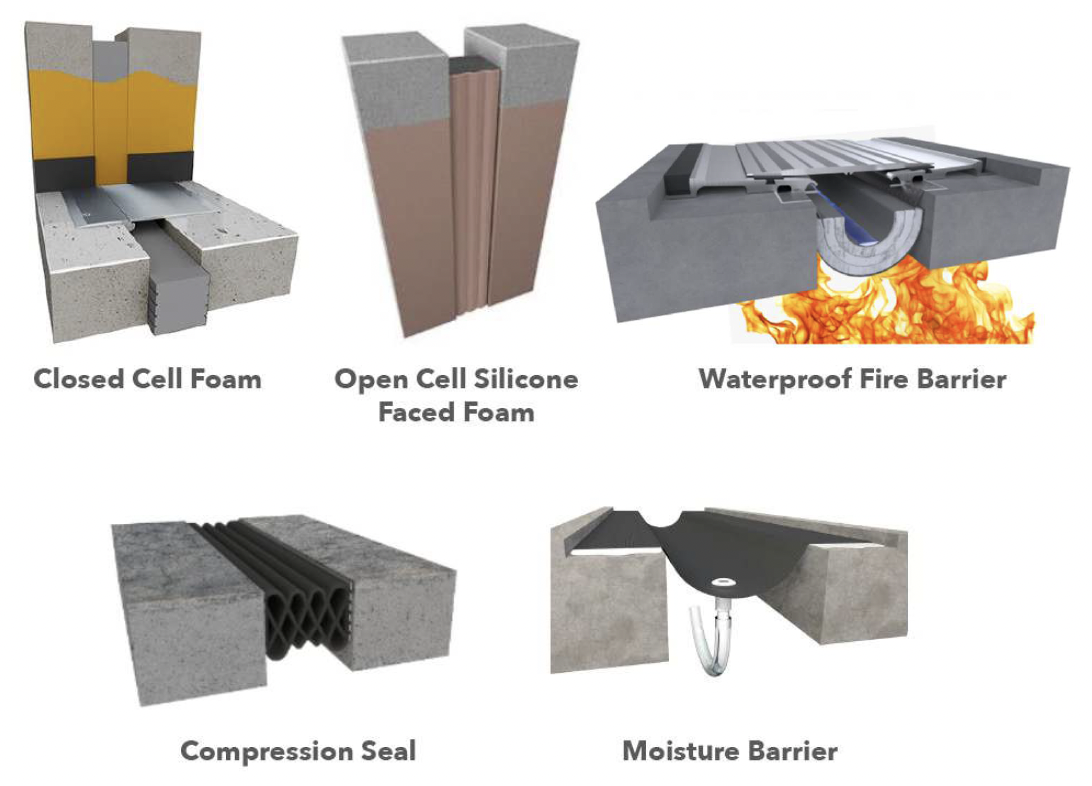
Exterior waterproofing options via Inpro Corp
Once again, we had the pleasure of hosting Matthew Fisher, the Senior Product Manager for the Expansion Joint Systems division at Inpro. Fisher, with his extensive 25-year experience spanning architecture, construction management and building materials management, brings a wealth of knowledge and practical insights. His expertise is particularly invaluable considering his background as a practicing architect and his deep understanding of both the design process and the on-site construction dynamics.During the webinar, Fisher covered a range of critical topics, helping participants to:
- Examine common floor joint oversights regarding blockouts, concentrated loads and coverplate specification;
- Discover the types of interior wall expansion joint systems and how to accommodate obstructions, changes in directionand functional requirements;
- Examine and compare building envelope joints and recognize the importance of proper detailing for transitions;
- Identify the types of expansion joint fire barriers and the dangers to life safety when seams and intersections installations are not assembled to specifications.
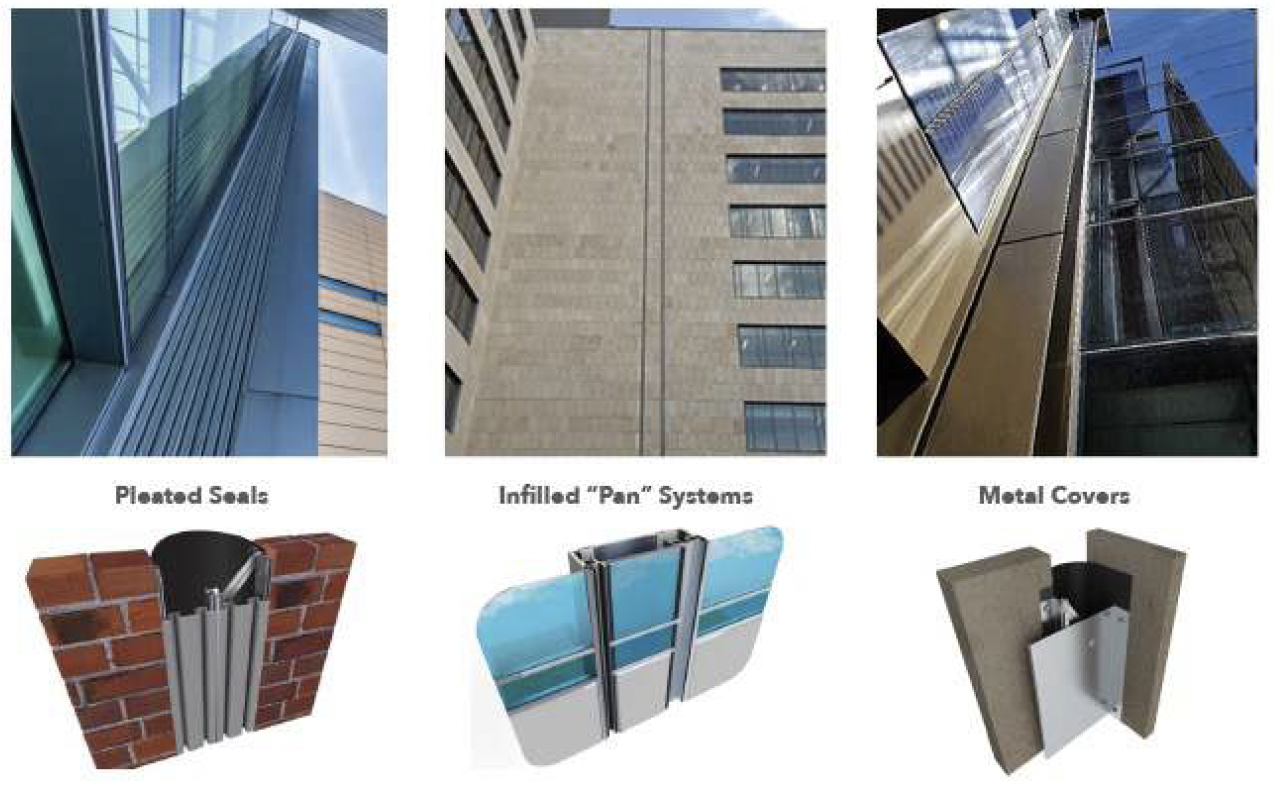
Exterior joint cover types via Inpro Corp
These topics were not just theoretical discussions but were backed by real-world scenarios and practical solutions, making the webinar an insightful learning opportunity for anyone in the field.
Don’t miss this chance to broaden your understanding of expansion joint systems and their critical role in architecture. Access the webinar now and equip yourself with the knowledge to tackle one of the most nuanced aspects of building design.
![]()
A jack of all trades and a soon-to-be Master of Architecture, Kalina enjoys embracing her creative side and has dabbled in everything from marketing to design to communications. However, her main interest lies in architecture, as she loves to explore how it shapes our communities and transforms our daily experiences. With a deep appreciation for the art of puns, Kalina is constantly on the lookout for opportunities to craft clever wordplay.

